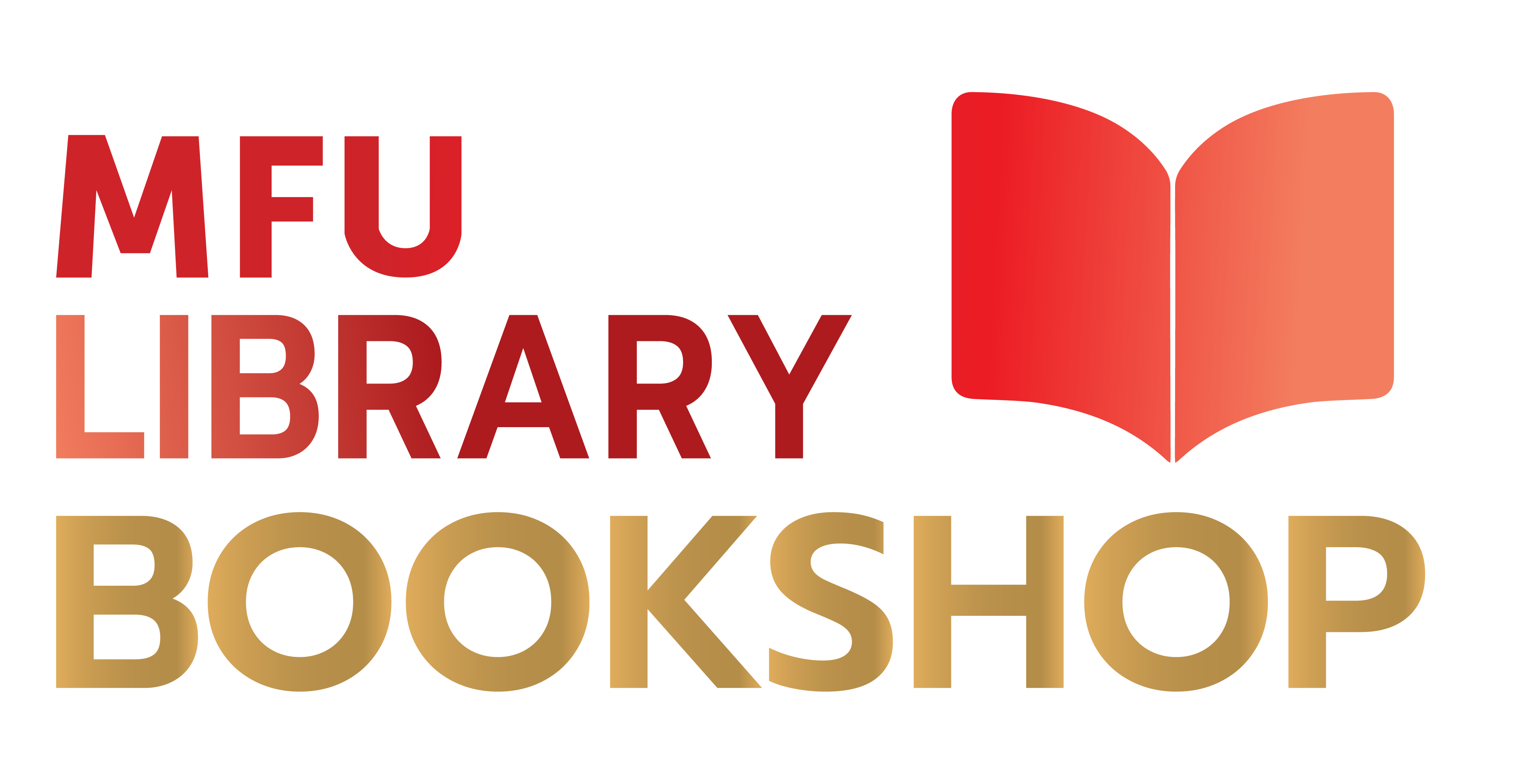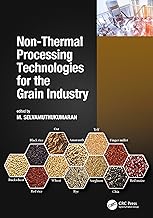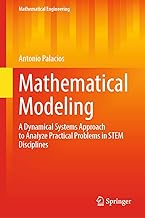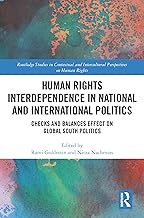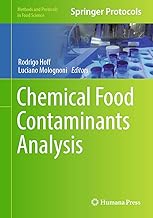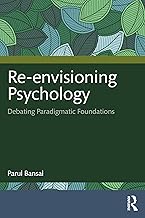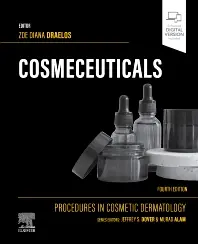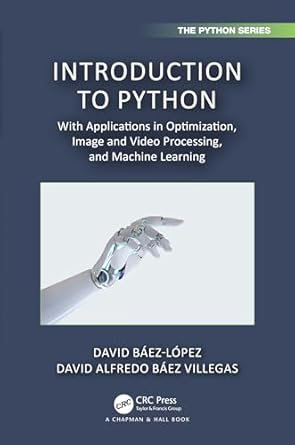
Book
Introduction to Python : With Applications in Optimization, Image and Video Processing, and Machine Learning
ISBN : 9781032119106
Author : David Báez-López
Publisher : Crc Press
Year : 2024
Language : English
Type : Book
Description : 1. Introduction to Python. 1.1. What is the Python programming language. 1.2. The Python programming language. 1.3. Book organization. 1.4. Algorithms. 1.5. Variables. 1.6. Input and output in Python. 1.7. Programs in Python. 1.8. Comments in a program. 1.9. Functions in Python. 1.10. Modules and libraries. 1.11. Operators. 1.12. Alphanumeric variables. 1.13. Lists. 1.14. Dictionaries. 1.15. Tuples. 1.16. Examples. 1.17. Python instructions for Chapter 1. 1.18. Conclusions. 1.19. Exercises. 2. Conditionals and Loops. 2.1. Introduction. 2.2. Conditionals. 2.3. The conditional if-else. 2.4. Nested Conditionals. 2.5. Exceptions and Errors. 2.6. Loops. 2.7. The while loop. 2.8. The for loop. 2.9. Nested loops. 2.10. The instruction break. 2.11. The instruction continues. 2.12. Additional examples. 2.13. Python instructions for Chapter 2. 2.14. Conclusions. 2.15. Exercises. 2.16. Bibliography. 3. Data Structures: Strings, Lists, Tuples, and Dictionaries. 3.1. Introduction. 3.2. Strings. 3.3. Functions on strings. 3.4. Immutability of strings. 3.5. Lists. 3.6. Tuples. 3.7. Dictionaries. 3.8. Sets. 3.9. Python Instructions for Chapter 3. 3.10. Conclusions. 3.11. Exercises . 4 Arrays. 4.1. Introduction. 4.2. Introduction to array. 4.3. Vectors. 4.4. Examples with vectors in Python. 4.5. Matrices. 4.6. Arrays in Python. 4.7. Matrix operations using linear algebra with numpy. 4.8. Special Matrices. 4.9. Examples. 4.10. Arrays in Pandas. 4.11. Python instructions for Chapter 4. 4.12. Conclusions. 4.13. Exercises. 5. Functions. 5.1. Introduction. 5.2. Subprograms. 5.3. Functions in Python. 5.4. Recursion. 5.5. Anonymous functions or lambda functions. 5.6. Pass by reference. 5.7. Local and global variables. 5.8. Keyword and default arguments. 5.9. Variable-length arguments. 5.10. Additional Examples. 5.11. Python Instructions in Chapter 5 5.12 Conclusions. 5.13. Exercises. 6. Object-Oriented Programming. 6.1. Introduction. 6.2. The Object-Oriented Programming Paradigm. 6.3. Classes in Python. 6.4. Example. 6.5. Python instructions for Chapter 6. 6.6. Conclusions. 6.7. Exercises. 6.8. Selected bibliography. 7. Reading and writing to files. 7.1. Introduction. 7.2. Writing data to a file. 7.3. Writing numerical data to a file. 7.4. Data reading from a file. 7.5. Reading and writing data from and to Excel. 7.6. Reading and writing binary files. 7.7. Python instructions in Chapter 7. 7.8. Conclusions. 7.9. Exercises. 8. Plotting in Python. 8.1. Introduction. 8.2. Plots in two dimensions. 8.3. The package seaborn. 8.4. Other two-dimensional plots. 8.5. Pie charts. 8.6. Multiple figures. 8.7. Three-Dimensional Plots. 8.8. Python instructions for Chapter 8. 8.9. Conclusions. 8.10. Exercises. 8.11. References. 9. Optimization. 9.1. Introduction. 9.2. Optimization Concepts. 9.3. General Format of the Optimization Process. 9.4. Optimization with Python. 9.5. The minimize function. 9.6. Linear programming. 9.7. Quadratic programming. 9.8. Python instructions for Chapter 9. 9.9. Conclusions. 9.10. Selected bibliography. 10. Image Processing with OpenCV. 10.1. Introduction. 10.2. Reading and writing images and videos. 10.3. Video capture and display. 10.4. Binary images. 10.5. Histogram. 10.6. Draw geometric shapes and text on an image. 10.7. Contour detection. 10.8. Frequency domain processing. 10.9. Noise addition to images. 10.10. Morphological image processing. 10.11. Python Instructions in Chapter 10. 10.12. Conclusions. 10.13. Selected bibliography. 11. Machine Learning. 11.1. Types of machine learning systems. 11.2. Gradient descent algorithm. 11.3. Multivariate regression. 11.4. The normal equation. 11.5. The package scikit-learn. 11.6. Polynomial regression. 11.7. Classification with logistic regression. 11.8. Unsupervised Learning. 11.9. Clustering using k-means. 11.10. Python instructions in Chapter 11. 11.11. Conclusions. 12. Neural networks. 12.1. Introduction. 12.2. A model for a neuron. 12.3. Activation functions. 12.4. Cost function. 12.5. TensorFlow. 12.6. Convolutional neural networks. 12.7. A layer of a convolutional filter. 12.8. Python instructions in Chapter 12. 12.9. Conclusions.
